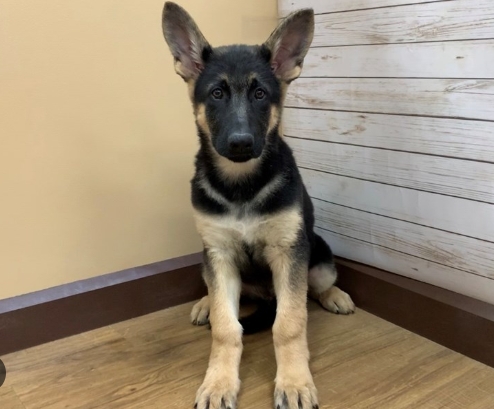Black and tan German Shepherd dogs, also known as “bi-colors” in the breed standard, have a rich history and distinctive characteristics that set them apart from other coat color variations within the breed.
Origins of Black and Tan German Shepherds
The black and tan coloration in German Shepherds can be traced back to the breed’s early origins in the late 19th century. While the breed was originally developed for herding sheep, German Shepherds quickly gained popularity as versatile working dogs in various fields, including police work, search and rescue, and as loyal companions.
Characteristics of Black and Tan German Shepherds
Black and tan German Shepherds are easily recognizable by their striking coat pattern, which features a black body with tan markings on the chest, legs, and face. This distinctive coloration is a result of their genetic makeup, with the dominant black color gene being expressed in their coat.
In addition to their unique appearance, black and tan German Shepherds are known for their intelligence, loyalty, and protective instincts. They make excellent guard dogs and are often used in police and military work due to their strong work ethic and trainability.
Training and Care for Black and Tan German Shepherds
Like all German Shepherds, black and tan individuals require a consistent training regimen and plenty of mental and physical stimulation to thrive. They are highly intelligent and respond well to positive reinforcement techniques, making them a joy to train for owners who are willing to put in the time and effort.
In terms of grooming, black and tan German Shepherds have a double coat that requires regular brushing to control shedding. They are active dogs that benefit from daily exercise and playtime, so potential owners should be prepared to provide them with plenty of outlets for physical activity.
In conclusion, black and tan German Shepherds have a long history as loyal and versatile working dogs, with a striking appearance and strong protective instincts. With the right training and care, these dogs can make wonderful companions for individuals and families alike.

